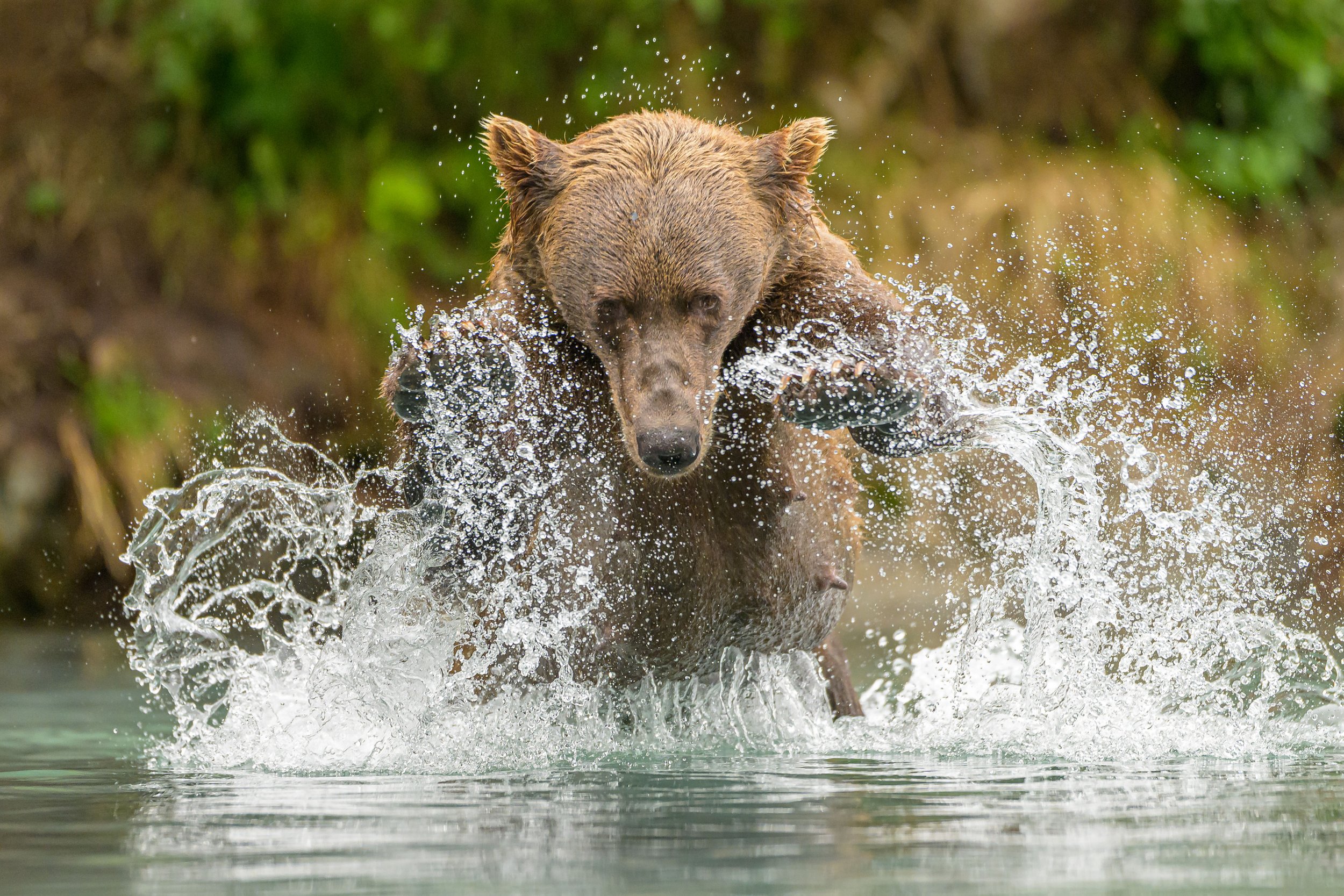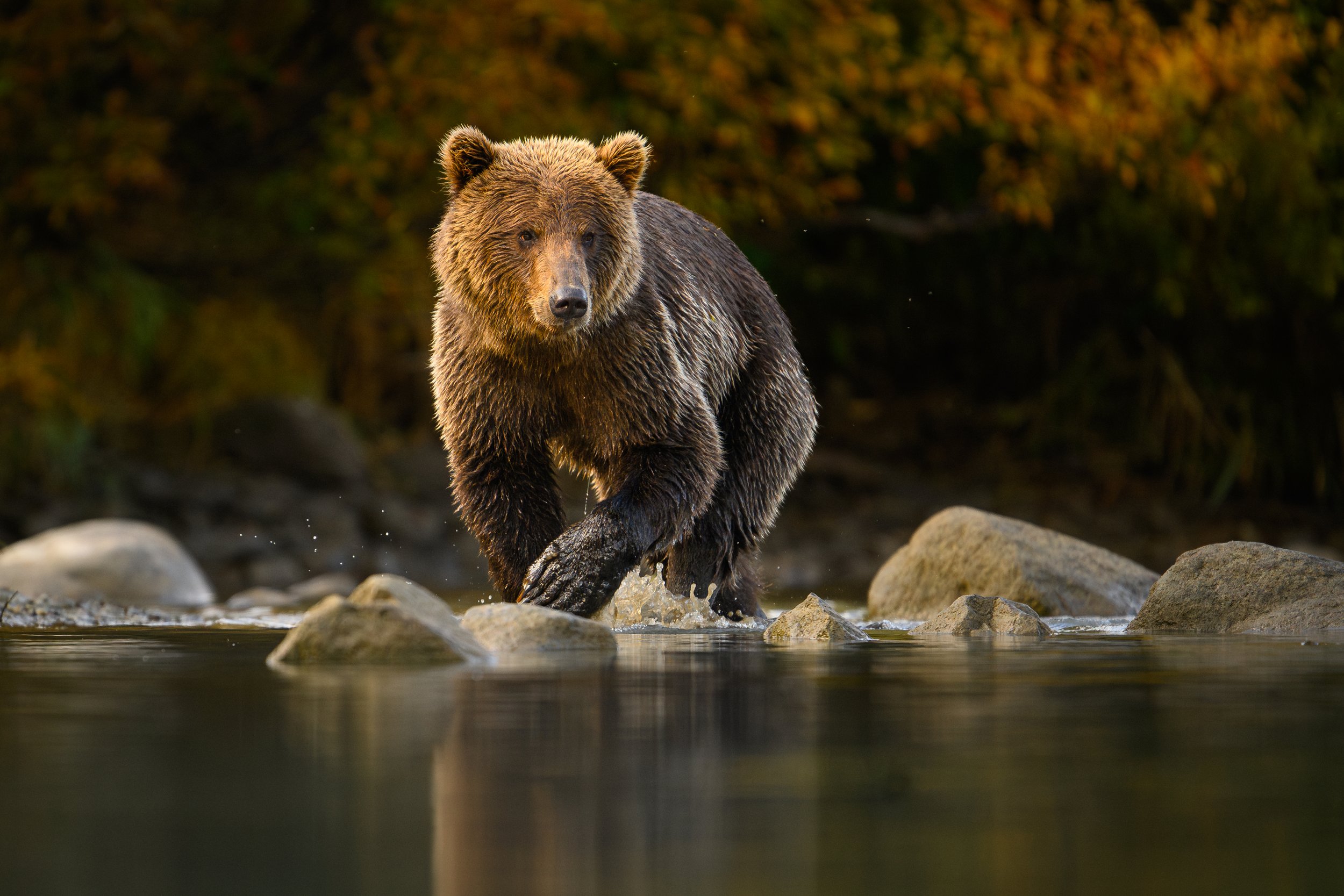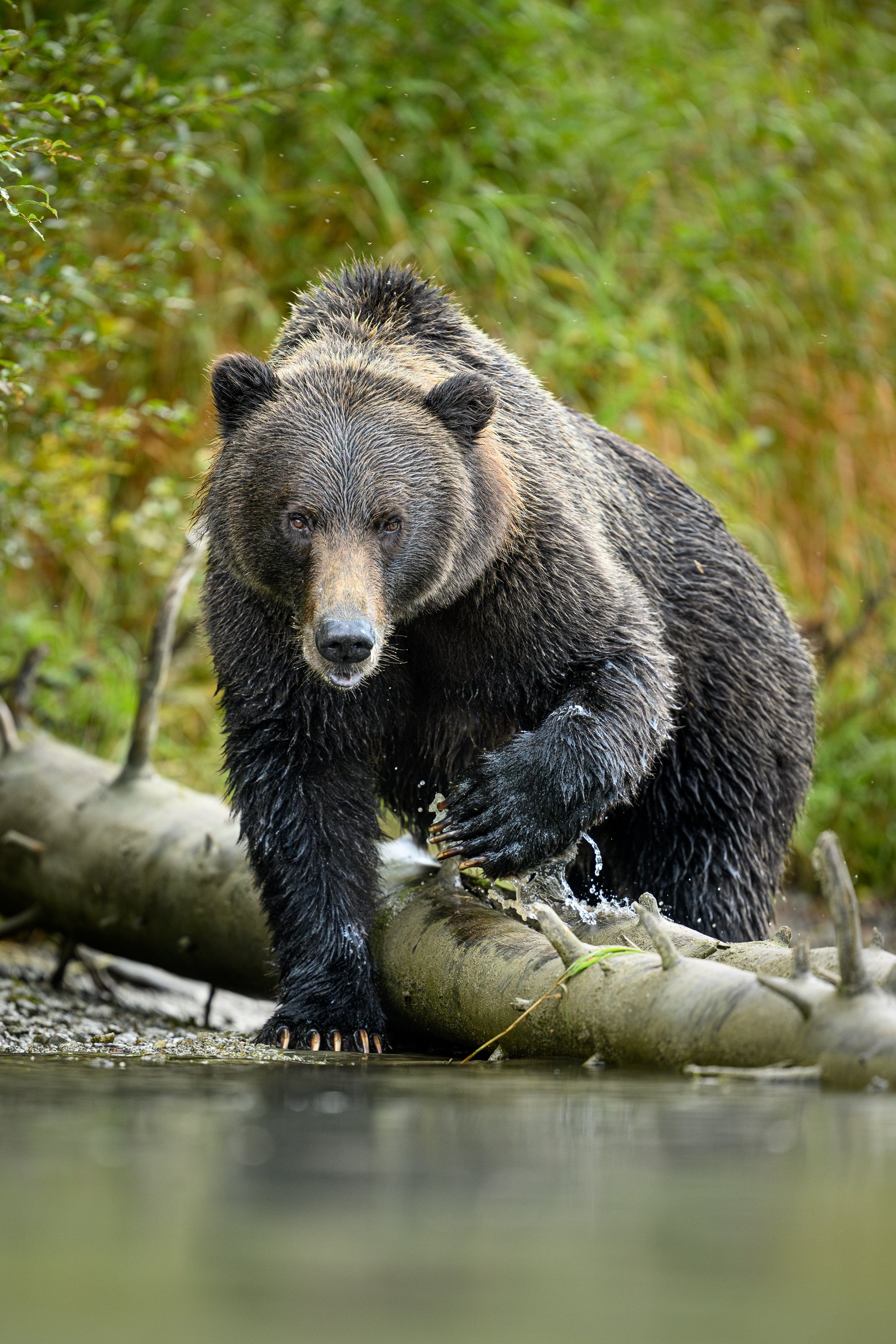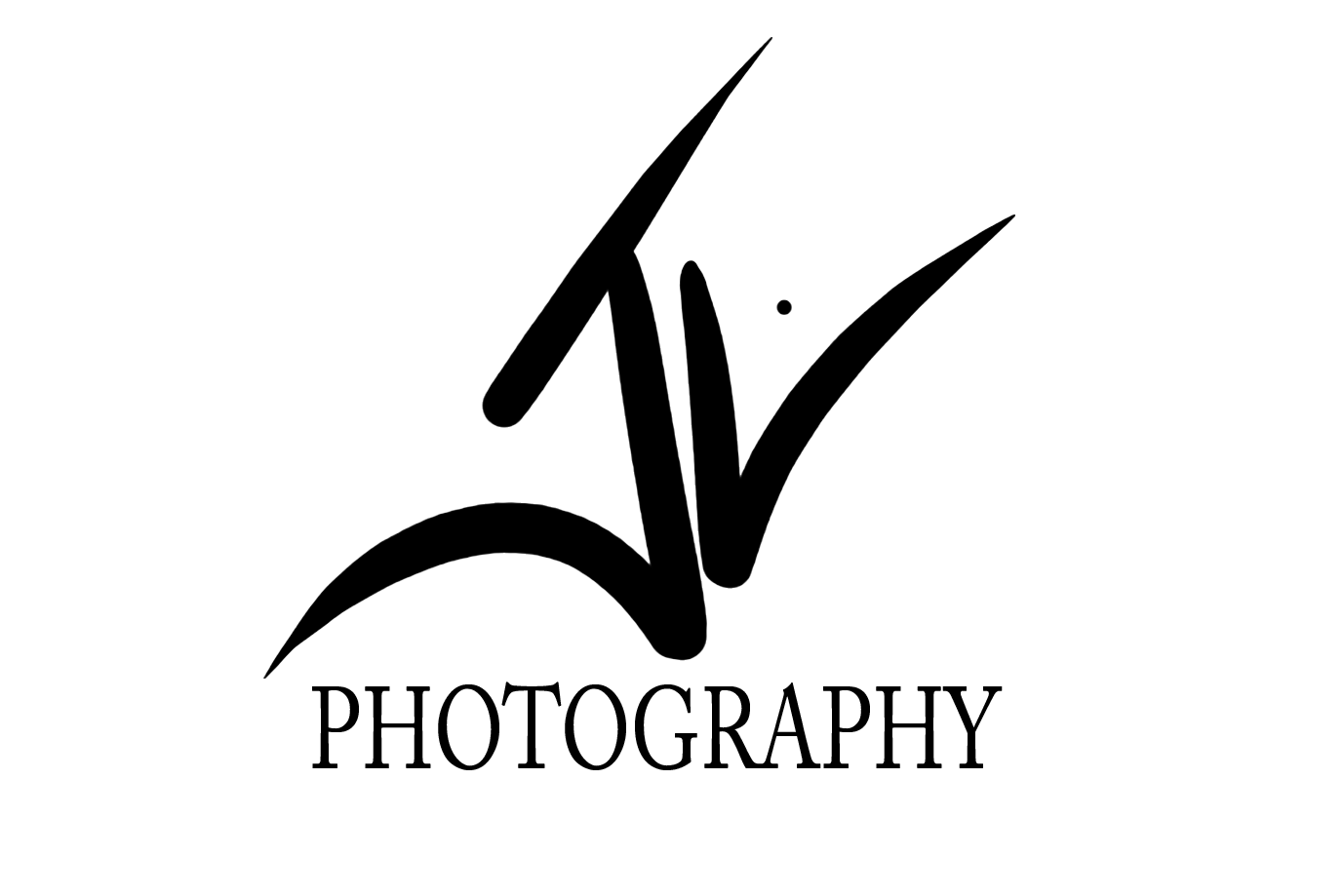
epic bears by float plane
Sockeye salmon are unique in the world of anadromous fish - those species who are born in fresh water, live the majority of their life in the ocean, then return to freshwater to breed and die. While coho and kings and chum and pinks make do with a good gravel bed and clear water, the sockeye salmon push on. Up the rivers, into the mountains, and on to the inland lakes surrounded by the most stunning landscapes in North America where they complete their life cycle, sacrificing their own lives so their offspring may live.
After all the wildlife photographers of summer have gone home, as the snows begin to fall in the high country and the golden hues of autumn spread across the boreal forests, brown bears from all across the region make their way to natal lakes of these sockeye salmon.
By now, the bears themselves have entered into a phase of their life known as Hyperphagia, in which they begin eating almost non-stop to prepare for hibernation in October. It’s at this time in these locations that tremendous aggregations of bears can be found as they work both day and night in preparation for the long sleep ahead. On this workshop, we will likely photograph thirty different bears a day for this reason. And all set to a backdrop of true Alaskan wilderness.
For me, what makes this place so special and so incredibly different is the landscape and environment in which we can photograph bears. Images from places like Katmai and Lake Clark National Park all end up looking the same: bears on the river, bears on the beach, bears in the sedge. But this place is different.
Each day we will fly out by float plane, past glaciers and volcanoes, where black bears can be seen feeding on dwarf blue berries high above tree line and searching for den sites, before reaching our destination. Upon landing on the remote mountain lake, we will transfer to boats who they themselves had to be lashed to float planes and flown in to this location. Often a bear or two has already ambled passed before we have even pulled camera bags off the plane.
While we can photograph from the boats themselves, we prefer to use them as a means of transportation instead. Donning chest waders, we will climb into the water with the bears in order to have the greatest creative control over compositions and reflections in the water.
This workshop is not limited to just the field however. Upon returning to our base of operations for the workshop, we will then spend several hours each day reviewing photographs, and helping participants work through post-processing workflows with Lightroom and Photoshop.
Cost: $9500
Deposit: $2000
Single Supplement: Included in price
Dates:
September 16-22, 2024 | SOLD OUT
September 7 - 13, 2025 | SOLD OUT
September 16 - 23, 2025 | Space Available
Included: 6 nights lodging, float planes, boats, image reviews and Lightroom / Photoshop instruction.
Airport: Ted Stevens International Airport. ANC. Anchorage, Alaska.
Location: Soldotna, Alaska
Skill Level: Beginner to Advanced
Physical Difficulty: Easy
Participants: This workshop is limited to 8 participants.








Frequently Asked Questions
will I need waders for this workshop?
Float planes are as safe as any other small aircraft. In fact, you will find that it not only requires more training for a pilot to obtain their float plane rating, but the take off and landing is much smoother thanks to the floats on the water.
Are Float Planes Safe?
Yes, you will need to bring chest waders for this workshop.
Though we depend heavily on small boats for this workshop, we will routinely find ourselves out of the boat and in the water, or mud, or gravel. You will find yourself sitting and laying down here – for which hip waders will be of no use to you for keeping dry in those situations.
Trust me, you will thank us for this one!
What size lens will I need?
While the bears on this workshop will at times be very close, as in a 70-200mm range, there are times in which you will also need / want a longer lens as well.
We highly recommend the ability to reach out to at least 400mm. Zoom lenses are great options on this workshop given the changing situations that we will encounter. At times our distance from the bears will be measured in feet. At other times we may be 50 yards or more depending upon the situation. Jared carries a 400mm f/2.8 and 120-300mm f/2.8 lens for these locations.
As always, please do not feel the need to rush out and purchase a lens just for this workshop. It is OK to use us an excuse to do so, but this is not necessary as we suggest renting equipment you do not have for workshops. We can help you with a discount through both www.lensrentals.com as well as www.borrowlenses.com




